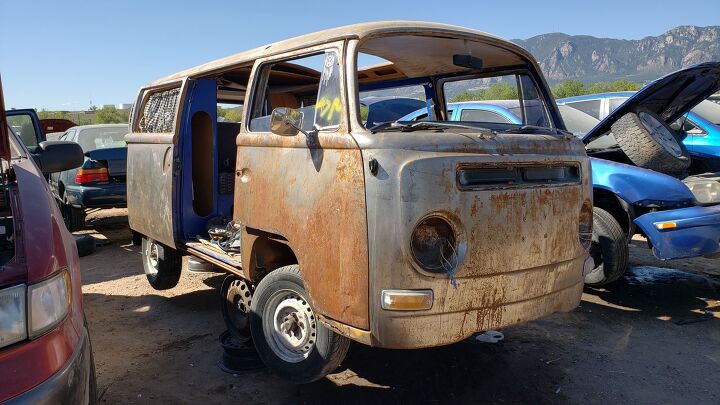#kombi
Junkyard Find: 1971 Volkswagen Type 2 Kombi
What A Short, Strange Truck It Was - Air-Cooled VW Pickups
It’s funny how it sometimes takes a while to recognize something familiar. In the mid-1980s, when my daily driver was a slightly hi-po’d 1972 VW Type 2, I was driving a work vehicle from the Detroit area to Toledo to pick up a part. As I drove down I-75 and got closer to Ohio, I noticed one Volkswagen Bus traveling north in the opposite direction — and then another. “That’s unusual,” I thought. By then air-cooled Vee Dubs weren’t terribly common, and *Transporters were less common than Beetles. Then a Vanagon passed by, but, as I said, this was the 1980s and Vanagons were still being sold new and didn’t think much about it until I saw a few more Type 2s, including some older split-windows. Was there a VW club convention going on? I once drove to Cincinnati and I passed a large group of MG enthusiasts on their way to a meet.

















Recent Comments